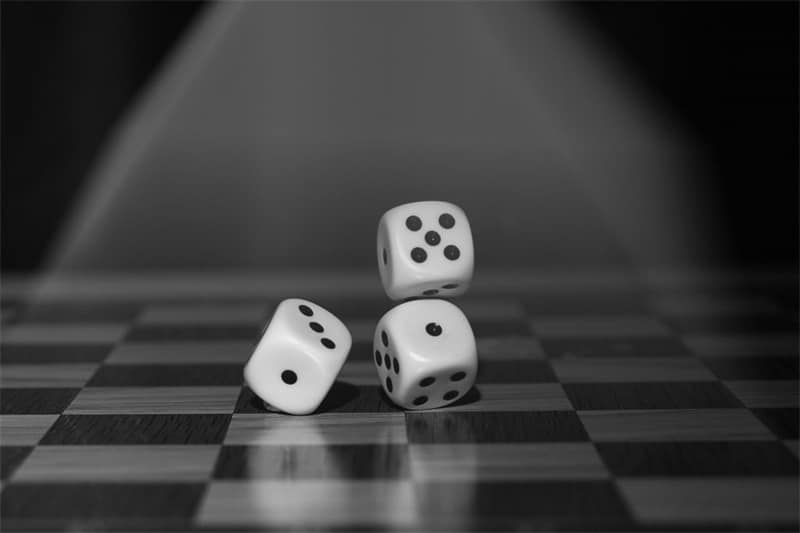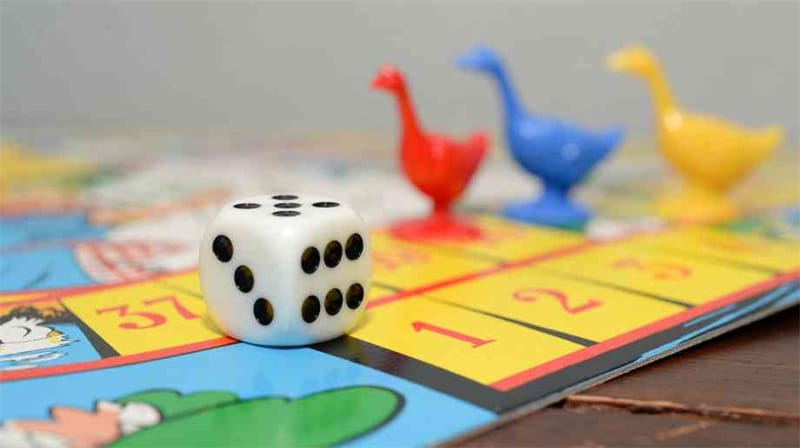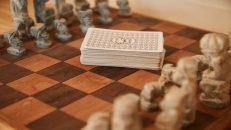
Gambling has been a part of our story for a long time. One part of history that loved gambling was the Middle Ages when dice games were all the rage. These games, filled with chance and surprise, have many interesting stories to share. Some of these stories are pretty wild – there are records of men betting their every asset, including clothes, sheep, and family, in dice games! A few of the most popular dice games during this time were Zara, Hazard, and Dice Chess.
In this blog, we will look into some fun facts about medieval dice games and see how much they were a part of life back then.
Dice Games Were Everywhere

One of the most exciting aspects of dice games in the Middle Ages is their ubiquity. They were a pervasive feature of society, cutting across all social strata. From the peasantry to the nobility, in the tavern or the manor, people enjoyed the thrill of chance that dice games provided.
Dice Were Not Always Cubic
While we generally think of dice as six-sided cubes, that was not always the case during the Middle Ages. Dice were made in various shapes and sizes, and a common variation was the tetrahedron, or four-sided die, sometimes used in divination and religious rites.
Medieval dice also came in forms like the octahedron (eight sides) or dodecahedron (twelve sides), each adding its spin to the world of chance.
Dice Were Crafted from Various Materials
Dice in the Middle Ages were typically crafted from easily accessible materials such as bone, wood, and even ivory for the wealthy. Occasionally, precious metals and gems were used for exquisite sets. This resulted in a vibrant market for dice, where quality ranged from rudimentary, hand-carved bone dice to masterfully crafted, ornate art objects.
Dice Games Were Sometimes Banned
Despite their popularity, dice games were not always met with approval. Given their basis on chance, dice games were seen by some religious and political authorities as forms of gambling, leading to periods and places where they were banned outright.
During the 13th century, for instance, the English clergy condemned dice games as immoral, leading King Henry VIII to ban his troops from playing dice in 1526.
Dice Games Helped in Teaching Mathematics

While often associated with gambling and chance, dice games also played an essential role in teaching concepts of probability and mathematics. The game of Rithmomachy, also known as the “Philosopher's Game,” was a popular choice for learning mathematics and strategy.
It combined aspects of chess and number-based dice throwing, requiring players to form mathematical sequences to win.
Dice Have Significant Cultural and Historical Significance
Dice games were not just idle pastimes. They were often intertwined with a society's cultural, social, and sometimes even religious fabric. They were used in divination and decision-making and played a part in numerous historical events. It is said that Roman soldiers cast dice for the clothes of Jesus during the Crucifixion – a moment immortalized in the phrase “casting lots.”
Summary
These fun facts show that the seemingly simple act of rolling dice is steeped in rich history and cultural significance. From teaching mathematics to serving as central figures in societal debates, dice games in the Middle Ages were more than just games; they reflected the times.










